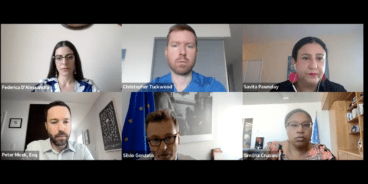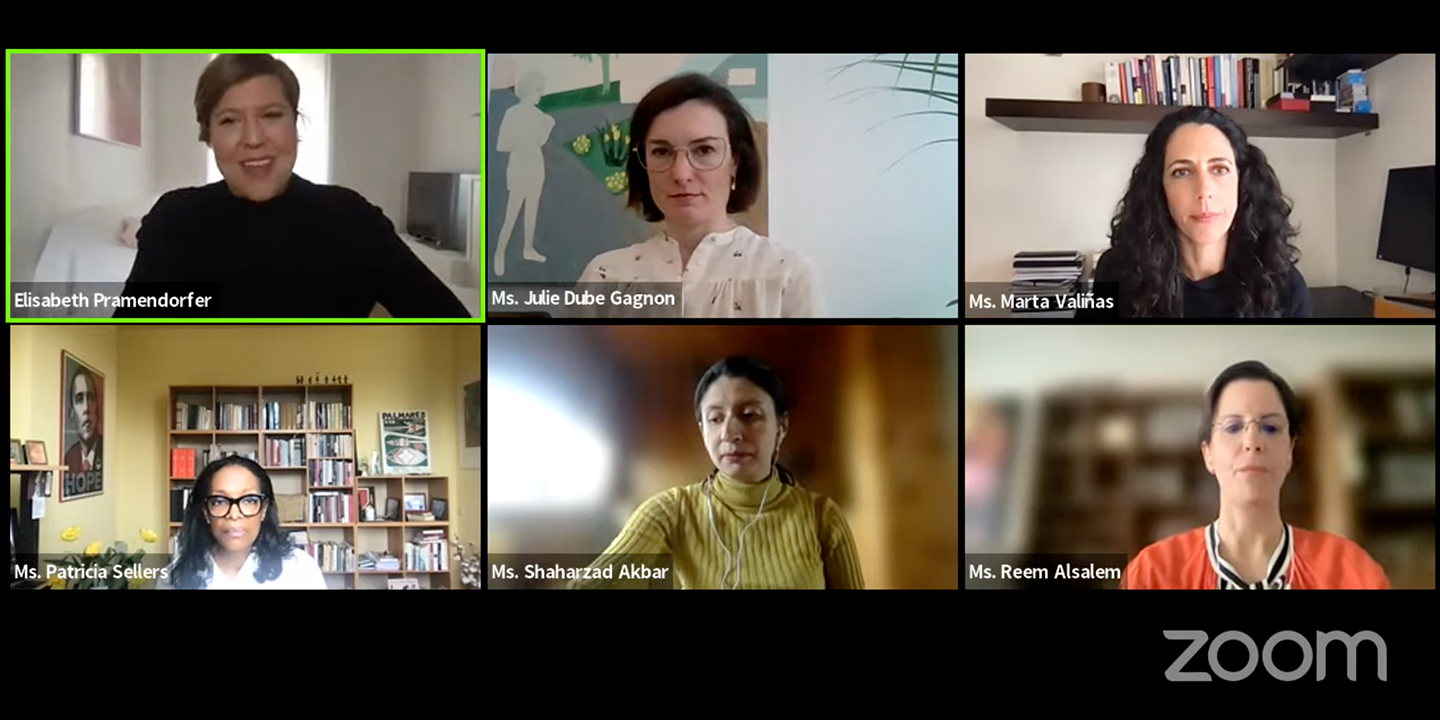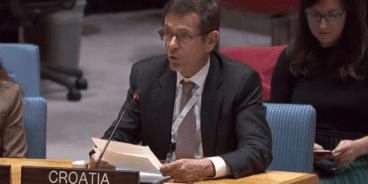

WPS and R2P: Institutionalizing the gender lens in UN Human Rights Council mechanisms
On 30 March the permanent missions of Canada and Liechtenstein to the UN joined the Global Centre for the Responsibility to Protect in co-hosting this event entitled “WPS and R2P: Institutionalizing the gender lens in UN Human Rights Council mechanisms.”
As human rights violations and abuses often constitute early warning signs of atrocity crimes, the UN human rights system serves an important function in the prevention of genocide, war crimes, crimes against humanity and ethnic cleansing. At the same time, the UN Human Rights Council’s (HRC) mechanisms and procedures advance the protection of women and girls through various processes. In this regard, the HRC plays an essential role in strengthening the linkages between the Women, Peace and Security agenda (WPS) and the international norm of the Responsibility to Protect (R2P).
While UN Special Procedures, including Special Rapporteurs or Independent Experts, and HRC-mandated investigative mechanisms, such as Commissions of Inquiry or Fact-Finding Missions, often apply a gender lens when looking at situations at risk of, or experiencing, atrocity crimes, this practice is not yet systematic across the UN human rights system. Since women and girls are uniquely affected and targeted in many situations where atrocity crimes are being perpetrated, the systematic application of a gender lens would enhance holistic atrocity prevention strategies and improve the effective implementation of R2P. During the event, panelists discussed how HRC investigative and reporting mandates can apply a gender lens, challenges that are faced in incorporating a gender lens, and how the application of the gender lens and WPS agenda within atrocity prevention and investigation efforts can be strengthened.
Speakers:
-
-
- H.E. Ms. Leslie Norton, Permanent Representative of Canada to the UN in Geneva
- H.E. Mr. Kurt Jäger, Permanent Representative of Liechtenstein to the UN in Geneva
- Savita Pawnday, Executive Director, Global Centre for R2P (video message)
- Shaharzad Akbar, Former Chairperson, Afghanistan Independent Human Rights Commission
- Reem Alsalem, UN Special Rapporteur on violence against women, its causes and consequences
- Julie Dubé-Gagnon, Gender Specialist and Sexual and Gender-Based Violence Investigator, UN
- Patricia Sellers, Special Adviser on Slavery Crimes, Office of the Prosecutor of the International Criminal Court
- Marta Valiñas, Chairperson, Independent International Fact-Finding Mission on the Bolivarian Republic of Venezuela
- Elisabeth Pramendorfer, Senior Human Rights Officer, Global Centre for R2P (moderator)
-
Related Content

